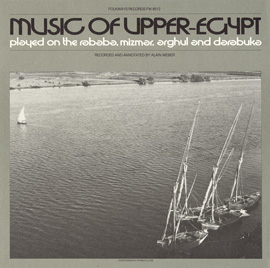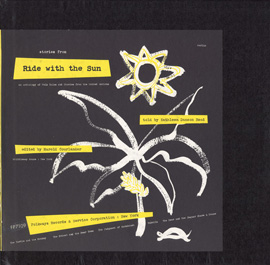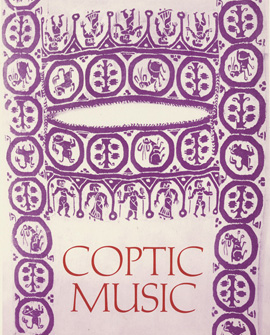Summary
Students will experience the music of the Bedouin culture of Egypt. In the listening example, they will hear two ancient traditional instruments; the rababa- a fretless stringed instrument, and the darabuka- a conical percussion instrument. They will view examples of Egyptian scales and rhythms and approximate the improvised sound of one of the scales and one of the rhythms on western instruments. An extended activity will include the use of Egyptian Bedouin music and student-improvised music within the structure of the ancient Egyptian art form, Shadow Puppet Theatre.
Objectives:
- Listening (the rababa, the darabuka, microtones in melody)
- Playing an approximated saba scale (maqam) and Baladi rhythm (iqa)
- Becoming familiar with Bedouin location (desert dwellers, nomads)
- Becoming familiar with Bedouin culture (story telling colorful tents and clothing)
Material:
- “Abu Zeid El Hilali” by n/a from Rabab: Egyptian Singing and Epic Songs, (FW08452)
- Liner notes to Rabab: Egyptian Singing and Epic Songs (FW08452)
- For further listening examples of Bedouin music, click here
- PowerPoint for maps and photos of Egypt
Lesson Segments:
- “Abu Zeid El Hilali” (National Standards 1, 2, 3, 6, 9)
1. “Abu Zeid El Hilali”
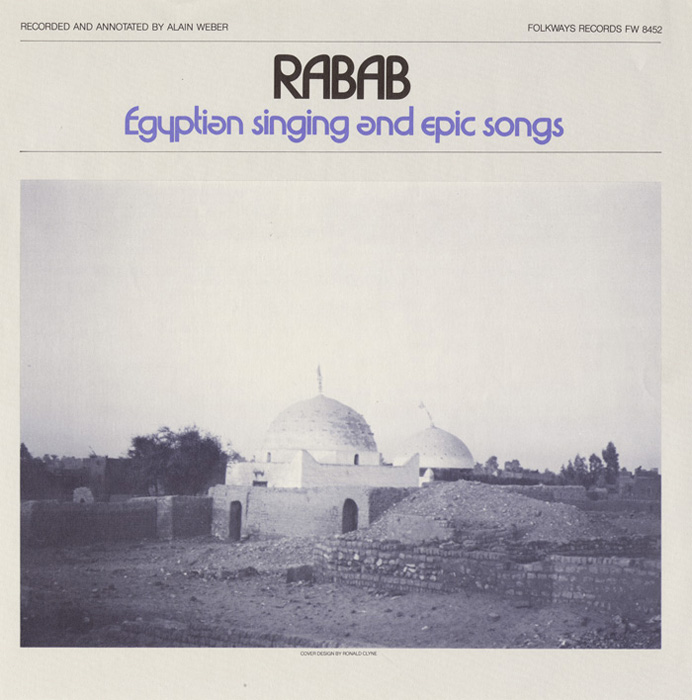
“Abu Zeid El Hilali (My first word is to thank God)”
from Rabab: Egyptian Singing and Epic Songs (1982) | FW08452
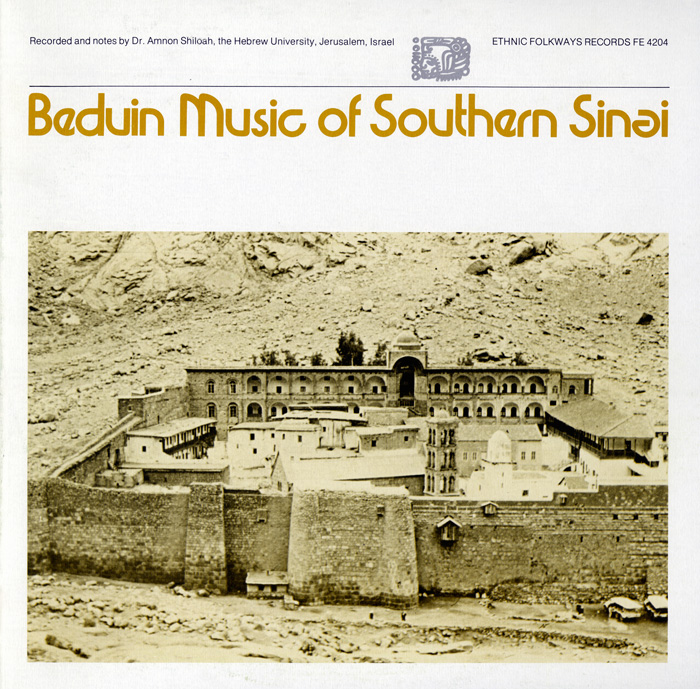
“Hudjaini - Caravan Song”
from Bedouin Music of Southern Sinai (1978) | FW04204
- Listen to the “Abu Zeid El Hilali” recording and pay special attention to the sound of the stringed instrument, the rababa.
- Raise your hand when you hear the darabuka enter
- Listen to the same music again, but this time answer the following questions:
- Describe the music of the rababa
- How does it make you feel?
- Describe how the music changes when the darabuka enters
- Describe in what ways the music changes before it stops completely
- Listen to the music beyond the point where you stopped and keeping listening through when the voices come in.
- Describe the sound of the voices
- How does the singing sound different from what you are used to hearing in our country?
- Are they all singing the same melody?
- Are they singing in harmony?
- Is the rababa still playing?
- Is the darabuka still playing?
- The music of Egypt is very different from the music we know.
- It uses intervals with which western ears are not very familiar and instruments that are quite unique
- Without the instruments and the musical background (training), it would be difficult to produce this music authentically
- However, we can approximate the feeling and style
- Set up glockenspiels in the classroom with the following pitches of the Saba Maqam:
- D, Eb, F, Gb, A, Bb, C, Db (The Eb in the saba maqam is actually lower than the glockenspiel will play)
- It is typical in some Bedouin music to have a drone accompany the melody.
- Set up Bass Metallophones and Bass Xylophones to play drones on D
- Use soft mallets as firm mallets will be too percussive
- If students play the violin or cello, those instruments could also drone on D
- Students may also look for appropriate sounds on an electronic keyboard
- Set up a few drums that are capable of making two sounds: high and low, such as the darabuka or a dumbeck.
- Learn to play the Baladi rhythm
- Have students begin with the drone.
- They will then improvise on their instruments entering at various times with drums and pitched instruments
- A student may serve as a conductor bringing students in two at a time
- One percussion player and one glockenspiel player at a time
- Some students may choose to clap softly: this would be a very appropriate Bedouin activity
- Some students may choose to hum in attempt to replicate the microtones heard in the original music
- ii. Listen until the music makes a definite stop
- 2. What does it remind you of?
Extentions:
- The ancient art of Shadow Puppetry was introduced to Egypt around the founding of Cairo in approximately the 10th century.
- Puppet theater is performed at many celebrations and festivities
- It is the story of a brave and cunning hero who seduces his enemies when he performs on his rababa
- When his enemies least expect it, Abu Zeid attacks them
- Students can look up the story of Abu Zeid for more detail and create a puppet play based on that story.
- Students could also invent a story based on what they know about Egyptian (Bedouin) culture
- The story could be accompanied in part by the performance of the recording and in part by student improvisations with the instruments listed above.
- Since the creation of the puppets is an art form in itself, it would be wise to seek the help of the art teacher in creating the puppets for the puppet theater.
- The final product could be performed for members of the school and parents, and might look as follows:
- Some students would operate the puppets
- Some students would act as narrators to the story
- Some students would serve as musicians playing various instruments mimicking the Bedouin sound
- Some students would operate the sound equipment allowing the authentic version of the recording to become a part of the puppet production
- If students who operate the puppets find it too difficult to act out the parts, separate actors could be involved (in hiding) to do the voices of the puppets
- The original song “Abu Zeid El Hilali” is actually an epic poem that is sung and accompanied on the rababa.
Assessment:
Are students able to discuss the material in an age appropriate manner? Are students able to identify the instruments and when they are playing during the recording? Are students able to identify melody versus harmony? Are students able to replicate the sound of Egyptian music using available classroom instruments?




